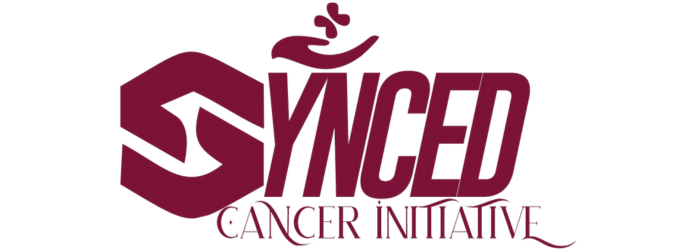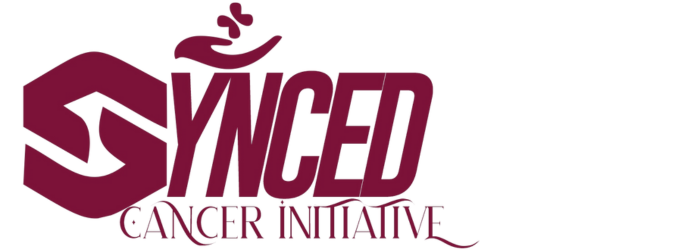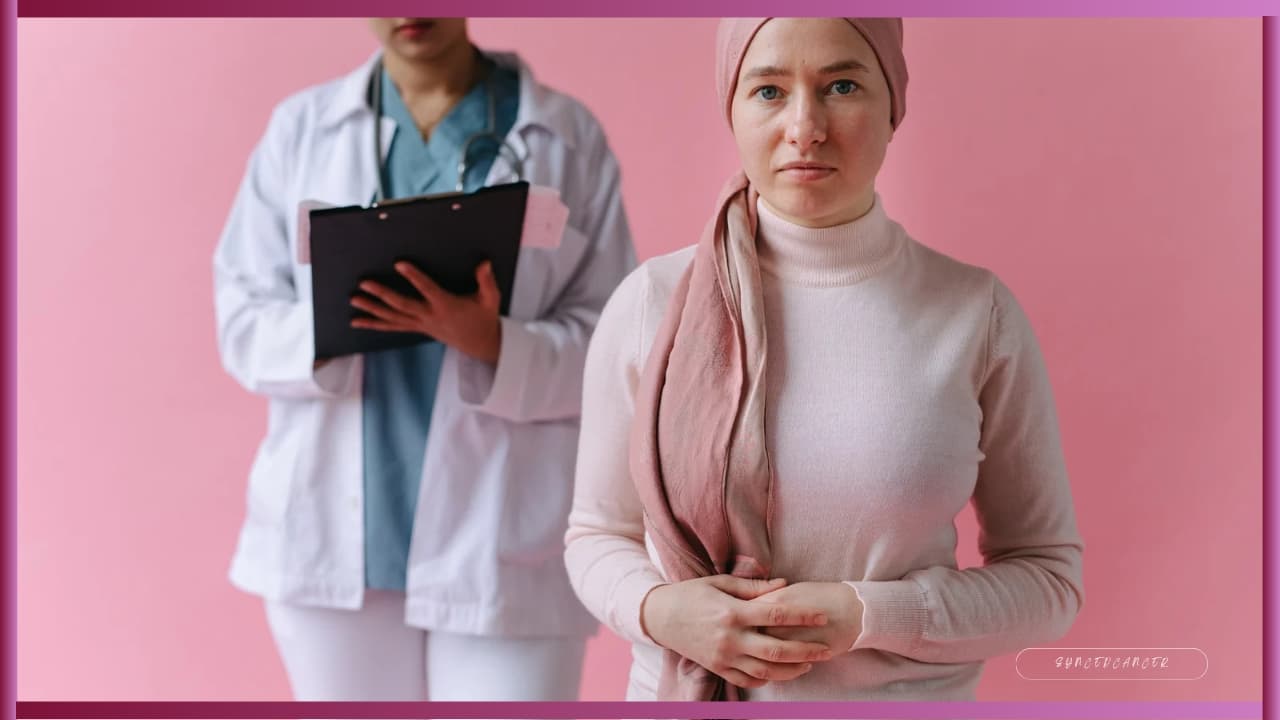Every day, women across the world are silently living with breast cancer, many of them unaware. Because the truth is, breast cancer doesn’t always come with a warning sign. No pain. No lump. No obvious symptom. The first red flag can’t be seen or felt for some women. It’s a number. A risk score.
Understanding your breast cancer risk might just be one of the most important things you ever do for your health. It’s not just a statistic; it’s information that can lead to early detection, better choices, and ultimately, a better chance at survival.
We often hear the word “risk,” but what does it mean? In health terms, risk is the chance that a particular event might happen. In this case, it’s the chance that you may develop breast cancer at some point in your life. While everyone has some level of breast cancer risk, yes, everyone. Some people have a significantly higher risk due to their genes, family history, or reproductive background. The good news? Knowing where you stand can help you and your doctor decide what steps to take before cancer becomes a crisis.
What Factors Increase Your Breast Cancer Risk?
Breast cancer risk isn’t determined by one single factor; a mix of genetic, biological, and lifestyle elements shapes it. Here are some of the most important ones:
- Family history of breast, ovarian, or prostate cancer, especially in close relatives (mother, sister, daughter).
- Inherited gene mutations, such as BRCA1 or BRCA2.
- Dense breast tissue can both raise breast cancer risk and make it more complicated to detect on mammograms.
- Previous breast biopsies that showed atypical hyperplasia (abnormal cells).
- Early menstruation (before age 11) or late menopause (after age 55), which increases lifetime exposure to estrogen.
- Never have children or have your first child later in life.
- Use of menopausal hormone therapy, especially combined estrogen-progesterone therapy.
But even if none of these apply to you, you still have a baseline risk, so knowing your level is key.
How Risk Assessment Tools Work
Risk assessment tools use personal and family health information to estimate your chance of developing breast cancer over a specific period, usually 5 years, 10 years, or over a lifetime. Doctors use these tools to personalize care. Depending on your score, they might recommend earlier screening, additional imaging (like an MRI), or other preventive strategies.
Here are the most commonly used tools:
- The Gail Model: This model is ideal for women at average breast cancer risk, meaning no significant family history or known gene mutations. It works best for women over 35 and considers factors like:
- Age
- Age at first period
- Age at first live birth
- Number of breast biopsies
- Family history in first-degree relatives
Doctors often use the Gail Model to decide when to start annual mammograms and whether to consider preventive medications.
- The Tyrer-Cuzick Model (IBIS Tool): This is a more advanced tool for people at higher risk, especially those with:
- A family history of breast or ovarian cancer (including second-degree relatives)
- Dense breast tissue
- BRCA1 or BRCA2 mutations
It gives a more detailed, personalized risk estimate and is often used in high-risk breast clinics to develop tailored screening plans.
- BWHS Risk Calculator: This calculator was developed using data from the Black Women’s Health Study. It is designed specifically for Black women in the U.S. It factors in family history, reproductive background, and personal health history.
- BCSC Risk Calculator: Using real-world breast screening programs data, this model estimates breast cancer risk based on personal health history, family history, breast density, and reproductive history. It’s widely used across diverse populations.
I Know My Risk Score, But Now What?
Once your breast cancer risk is assessed, your next steps depend on your results.
If You’re at Average Risk:
- Start annual mammograms at age 40.
- Discuss your results with your doctor to determine if additional screening is necessary.
If You’re at Higher Risk:
- You may need to begin screening before age 40.
- Your doctor may recommend breast MRIs in addition to mammograms.
- Consider risk-reducing medications, lifestyle changes, or even preventive surgery if your risk is very high.
- Ask: “Based on my risk score, should I be doing anything beyond regular mammograms?”
Can You Lower Your Risk?
While some risk factors are beyond your control (like genetics or age), you can take steps to lower your breast cancer risk through lifestyle choices. These include:
- Regular exercise: Aim for at least 30 minutes daily, five days a week.
- Maintaining a healthy weight, especially after menopause.
- Limiting alcohol: Ideally, no more than one drink per day.
- Limiting postmenopausal hormone therapy, especially combined estrogen-progesterone treatments.
- Breastfeeding, if you’re able. It offers protection for both mom and baby.
Conclusion
A risk assessment isn’t a crystal ball; it can’t predict the future. But it gives you something far more powerful: awareness. It helps you make informed decisions, advocate for your care, and catch cancer early when it’s most treatable.
As someone once said,
“There are a few things every woman should know—her social security number and breast cancer risk.”
Because the more you know, the better your chances of staying one step ahead.
References
Komen G Susan – https://www.komen.org/blog/know-your-risk-assessment-tools/
Accessed 30th June, 2025











What do you think?
It is nice to know your opinion. Leave a comment.